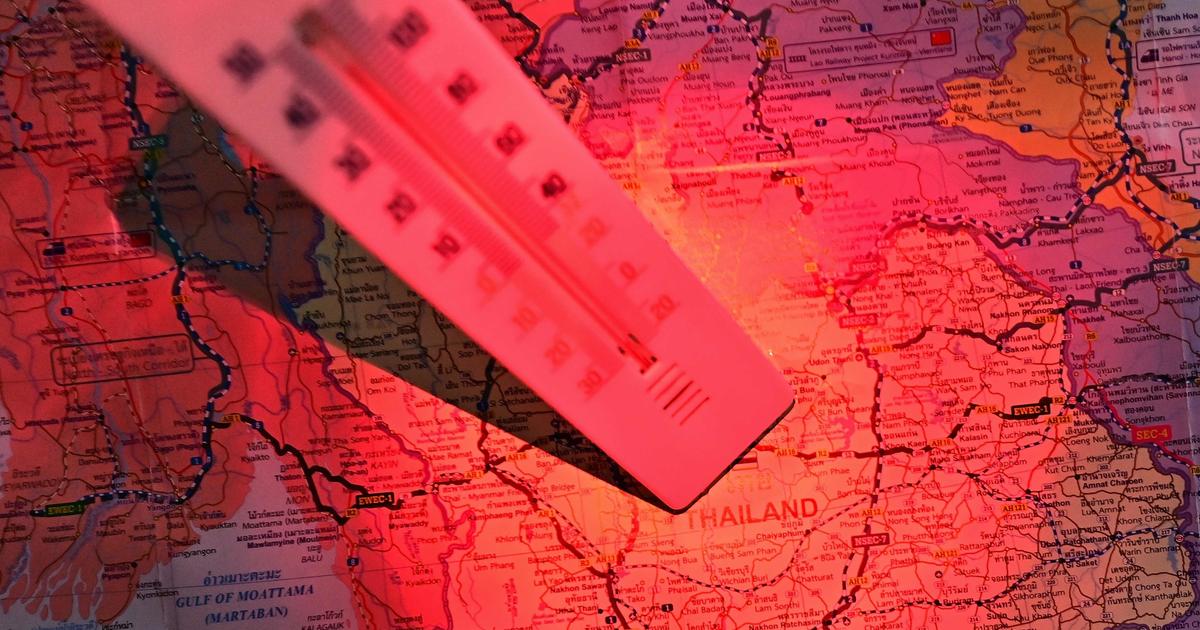For three years, they studied the microplastics that pollute the Garonne and assessed the degree of contamination in living organisms.
As part of the PlastiGar project, these scientists from Toulouse laboratories attached to the CNRS, Molecular Interactions and Chemical and Photochemical Reactivity (IMRCP) and Evolution and Biological Diversity (EDB) from the University of Toulouse III-Paul Sabatier, quantified for the first time microplastic pollution in the waters and sediments of the river, in order to better understand the contamination of invertebrates and fish.
Read alsoToo many microplastics in the Seine estuary too
On fourteen sites, between the Pyrenees and Agen, passing through the Toulouse metropolitan area, the research team tracked microplastic pollution in the surface water of the Garonne and its tributaries.
Nets have thus been deployed to filter surface water and measure this pollution.
1,887 particles of microplastics between 0.7 and 5 mm were thus identified.
“On average, their concentration was 0.15 microplastics / m3 of surface water, which is within the values observed for rivers in Western Europe, but we found that it increased in highly urbanized areas. , underlines Aline Carvalho, doctoral student on the PlastiGar project.
The barbel (top) and the gudgeon (bottom) are two species of fish that feed on the bottom of waterways, they are also those which present the strongest contaminations in microplastics.
"The concentrations of microplastics vary with the seasons, they are on the rise when there is less water, as in July," adds the scientist.
With this mapping of pollution in the river, she and her fellow researchers then looked at six sites upstream, downstream and within the Toulouse metropolitan area to better understand whether these microplastics contaminate the different species of invertebrates and fish from the Garonne.
The results showed that 2% of invertebrates and 10% of fish had ingested microplastics.
Read also From plastic pollution to the bowels of the oceans
Invertebrates, predators and large individuals, such as dragonfly larvae and crayfish, presented the strongest contaminations, certainly witnessing direct consumption of microplastics.
In fish, the results were different.
“Rather, fish such as gudgeon and barbel, which feed in the sediment, were the most contaminated.
It is linked to their mode of consumption, specifies Julien Cucherousset, research director at the CNRS.
For the species studied, the ingestion of microplastics composed of the densest polymers occurs directly and accidentally when they feed at the bottom of the water ”.
This work was funded by the Adour-Garonne Water Agency and the Occitanie Region.





/cloudfront-eu-central-1.images.arcpublishing.com/prisa/NIFZFFYBFVAU5FVWDHC43ESC5M.jpeg)









